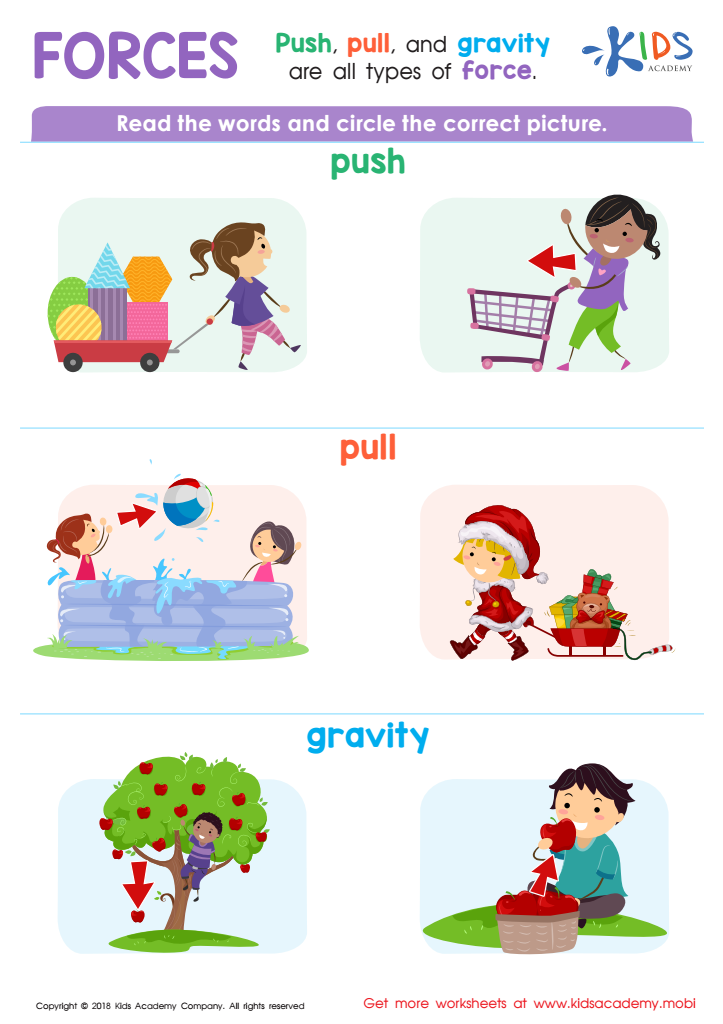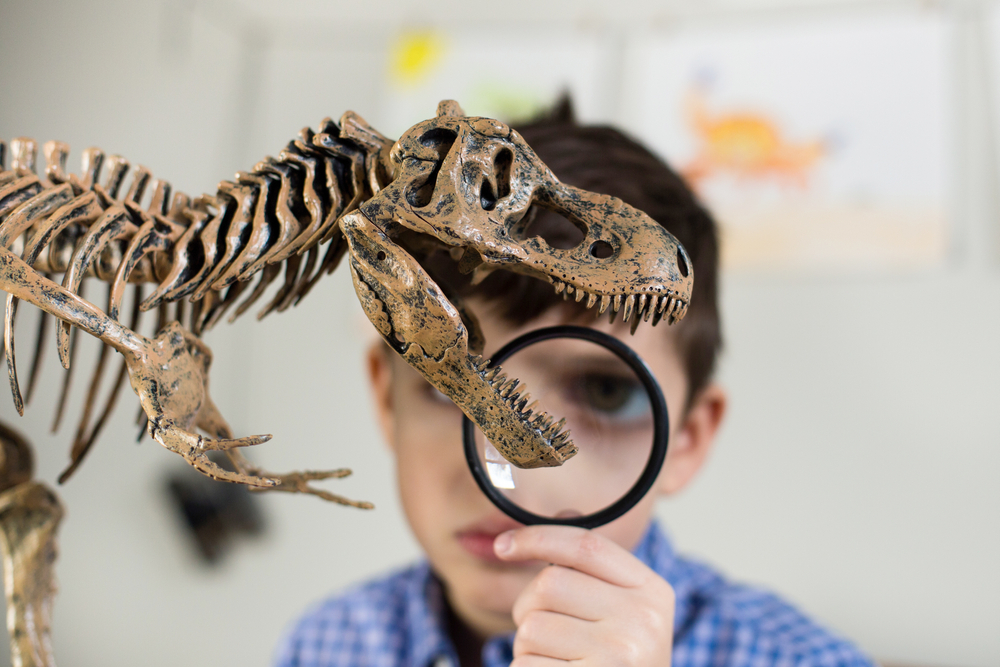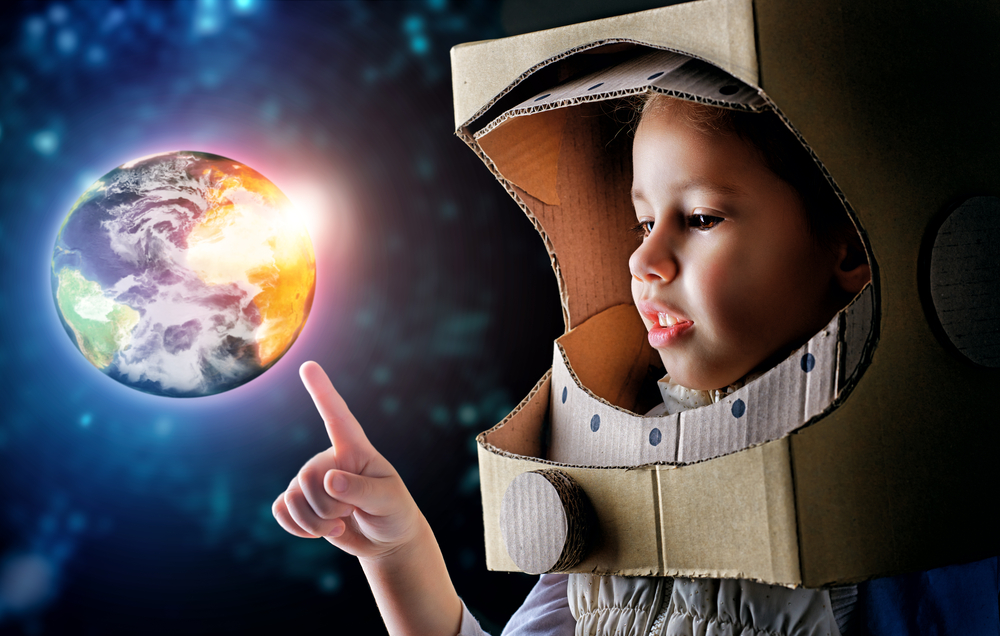Gravitational concept Worksheets for Kids
1 filtered results
-
From - To


Forces Worksheet
Question/Answer
How to test a Grade 2 student’s Gravitational concept skills?
To test a Grade 2 student's gravitational concept skills, create simple, hands-on experiments such as dropping two objects of different sizes or weights from the same height to observe they fall at the same rate. Ask questions to assess understanding, like why objects fall and what might happen if there was no gravity.
How to train the Gravitational concept skill in Grade 2 students learning about Physical Science?
To train Grade 2 students in the Gravitational concept, engage them in simple, interactive experiments such as dropping objects of different sizes or weights from the same height to observe they fall at the same rate. Use story-based explanations featuring familiar characters or objects to explain gravity's effect.
What are some effective activities to train students’ Gravitational concept skill when teaching them about Physical Science?
Effective activities for training students' Gravitational concept skill include: 1. Demonstrating weight differences using scales on different planetary mass models. 2. Conducting free fall experiments to observe acceleration due to gravity. 3. Simulating orbital motion using computer software or mobile apps. 4. Crafting simple pendulums to explore the relationship between gravitational force, length, and oscillation period. 5.
 Assign to the classroom
Assign to the classroom



.jpg)








